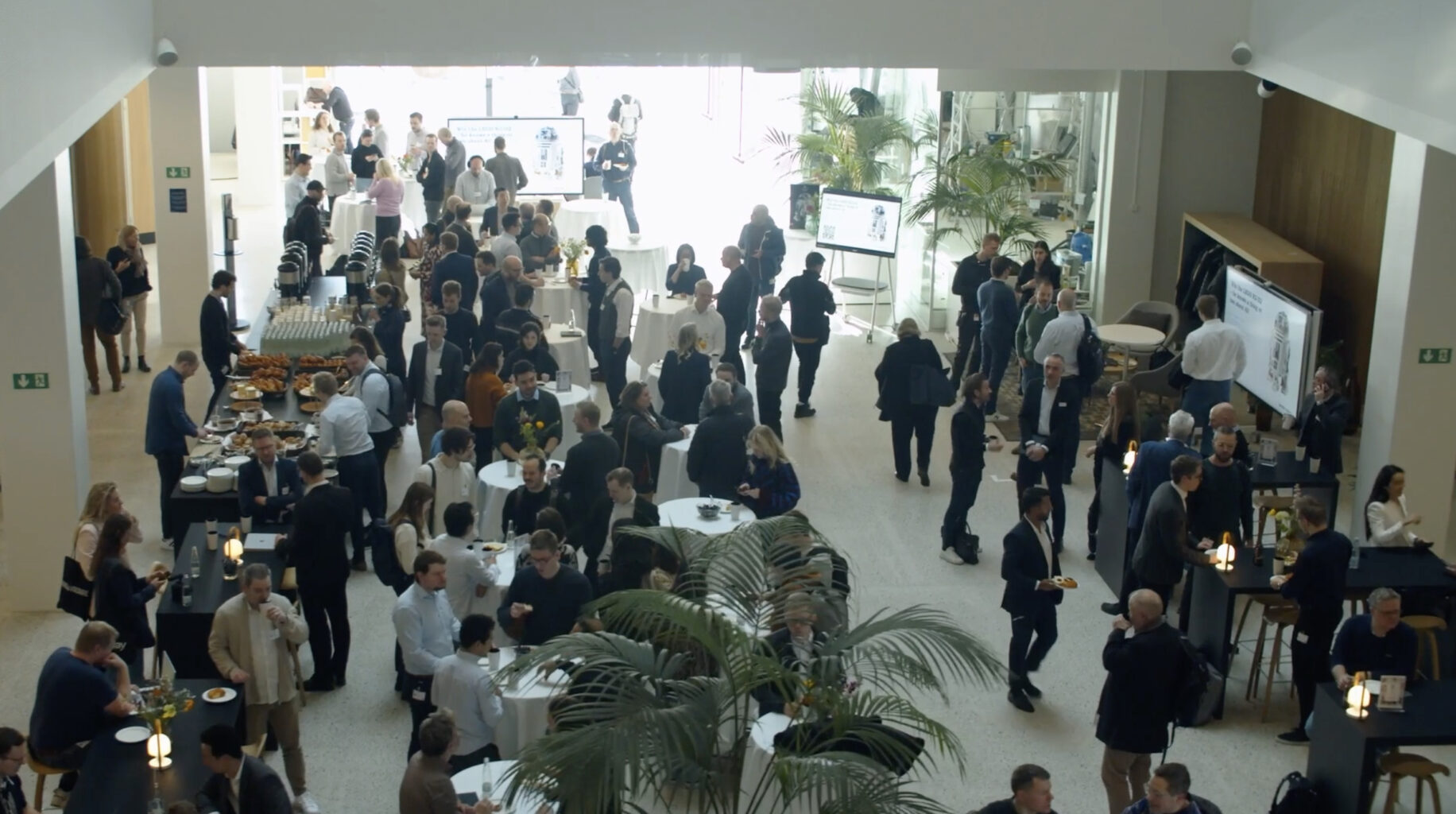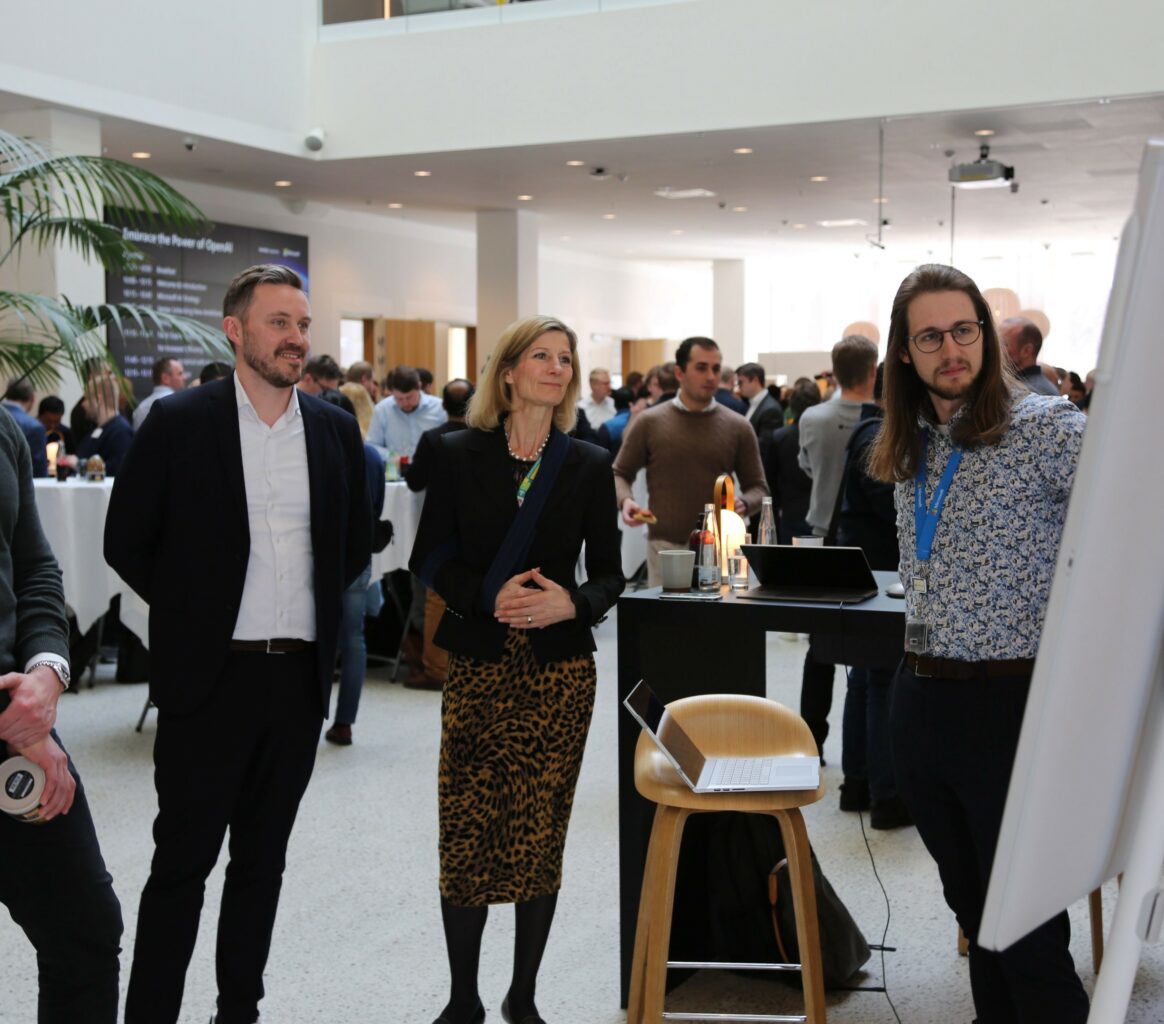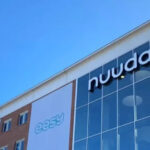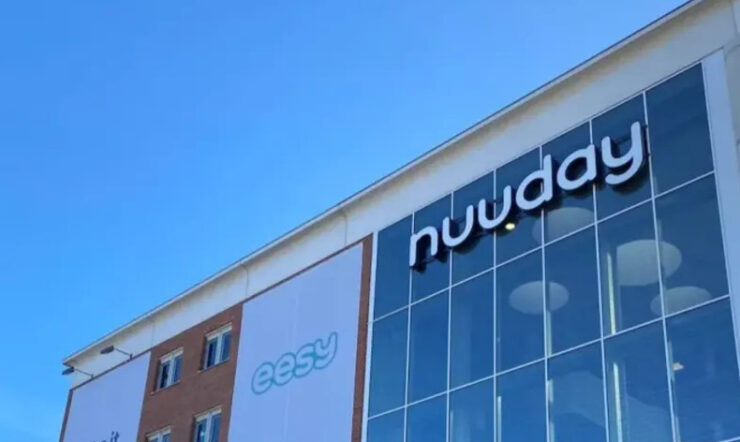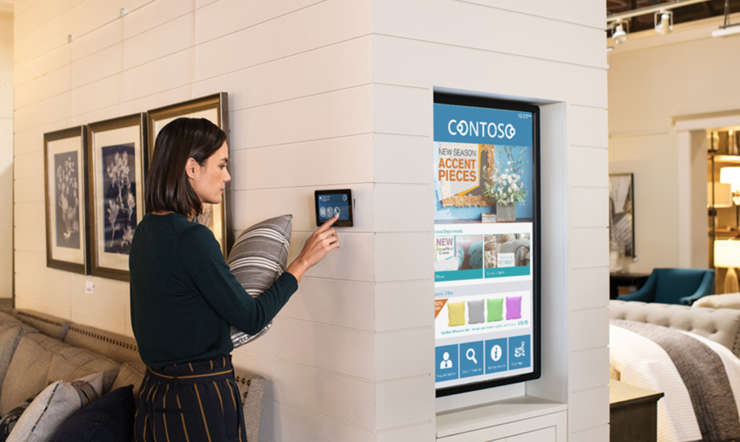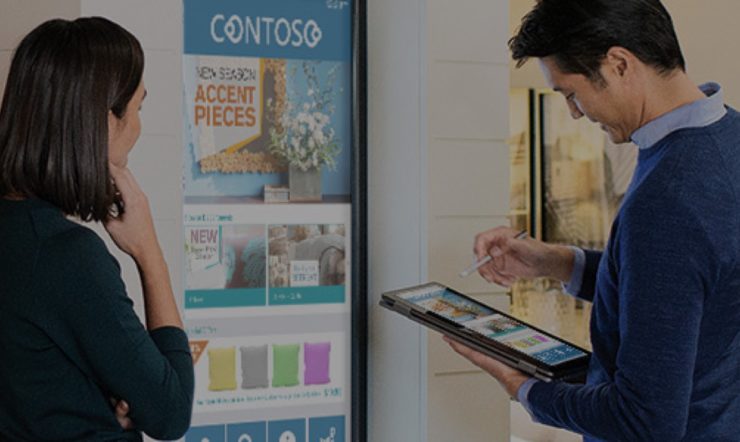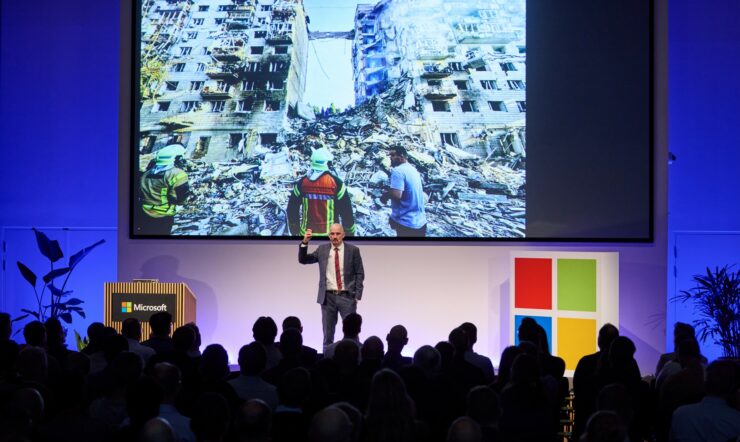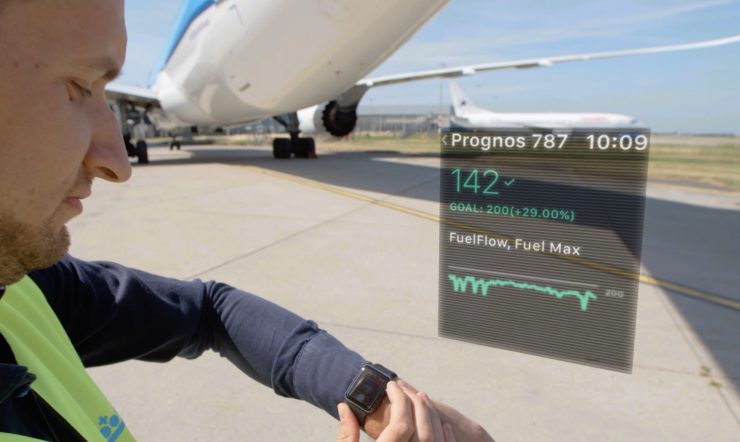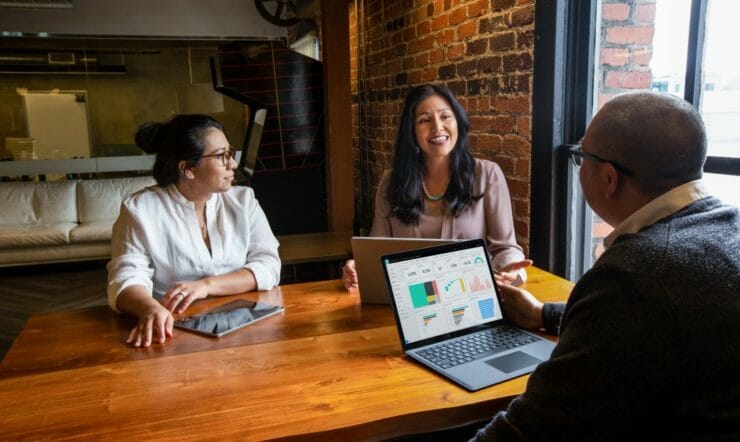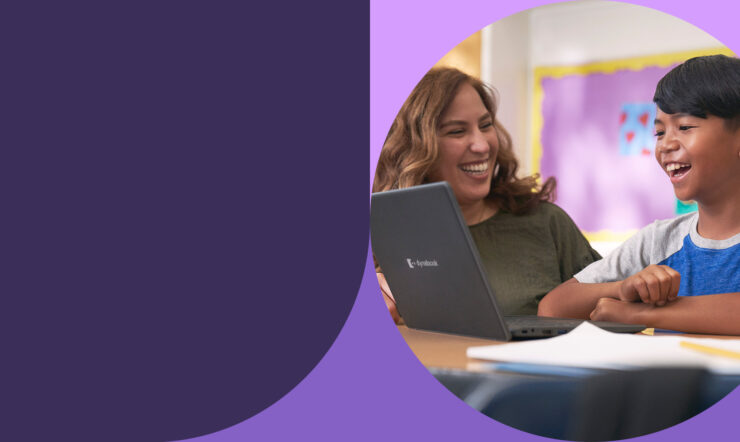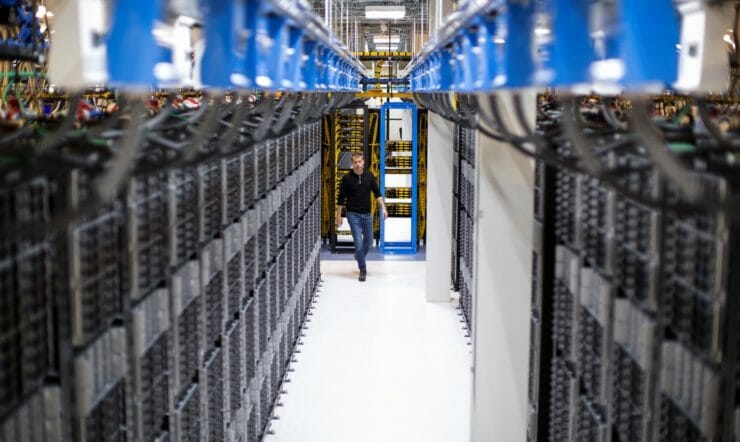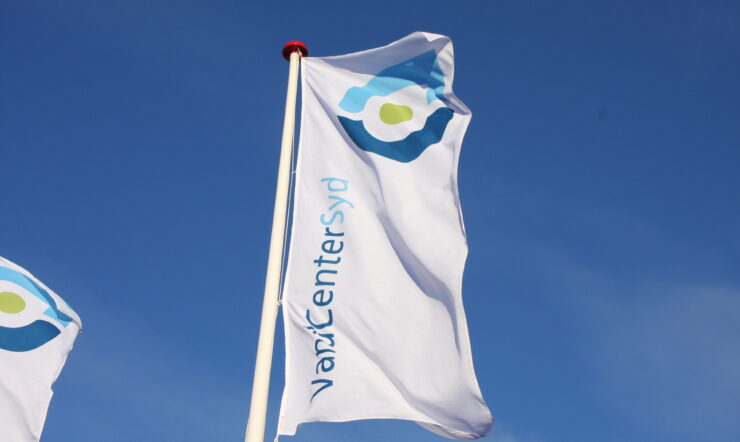Artificial intelligence has been the talk of the town for quite some time, and with the launch of ChatGPT in November 2022, OpenAI is now becoming more accessible to businesses and the public than ever before. We are investing significantly in AI advancement and research, securing new developments within weeks, days, or even hours – this makes AI one of the fastest-developing areas right now.
On March 28, we and our partner, twoday kapacity, gathered professionals across industries for an in-person deep dive and networking event covering Azure OpenAI, GitHub Co-pilot, and ChatGPT. The latest development was showcased through innovative stories of how Vestas and Falck use AI to solve concrete problems — leaving the audience more inspired than they came.
First came the laptop, then the internet, and now ChatGPT
The room was full and had a buzzing atmosphere when Mette Kaagaard, CEO of Microsoft Denmark and Iceland, welcomed the audience to Microsoft. More than 200 people, from business leaders to data scientists, would spend the next hours in the company of some of the most competent Danish experts. Mette Kaagaard introduced the first of many events about OpenAI, saying: “I can say that I’m from before the laptop, from before the internet, the iPhone, and now, I can say that I’m also from before OpenAI.” She also articulated the inflection point of AI we experience today:
“It is going to be transformational, and I’m super excited to see where it will take us,” Mette Kaagaard said.
She also opened a difficult conversation about the human and ethical factors of ChatGPT. Some of the key questions are: How about data bias? How about it not always responding in the right way? How are we going to handle this? Some organizations have addressed the dilemma by having a group of ethical OpenAI specialists look over the usage of OpenAI, as Mette Kaagaard explained. Knowledge sharing will play a big part, as best practice is currently under development.
Her co-host, Søren Toft Joensen, Partner and CCO at twoday kapacity, shared the history of OpenAI and underlined the distinction between OpenAI, the company, and its technologies. That being GPT-3, OpenAI Codex, and DALL-E, with the most fundamental changes in the versions being the output of the models.
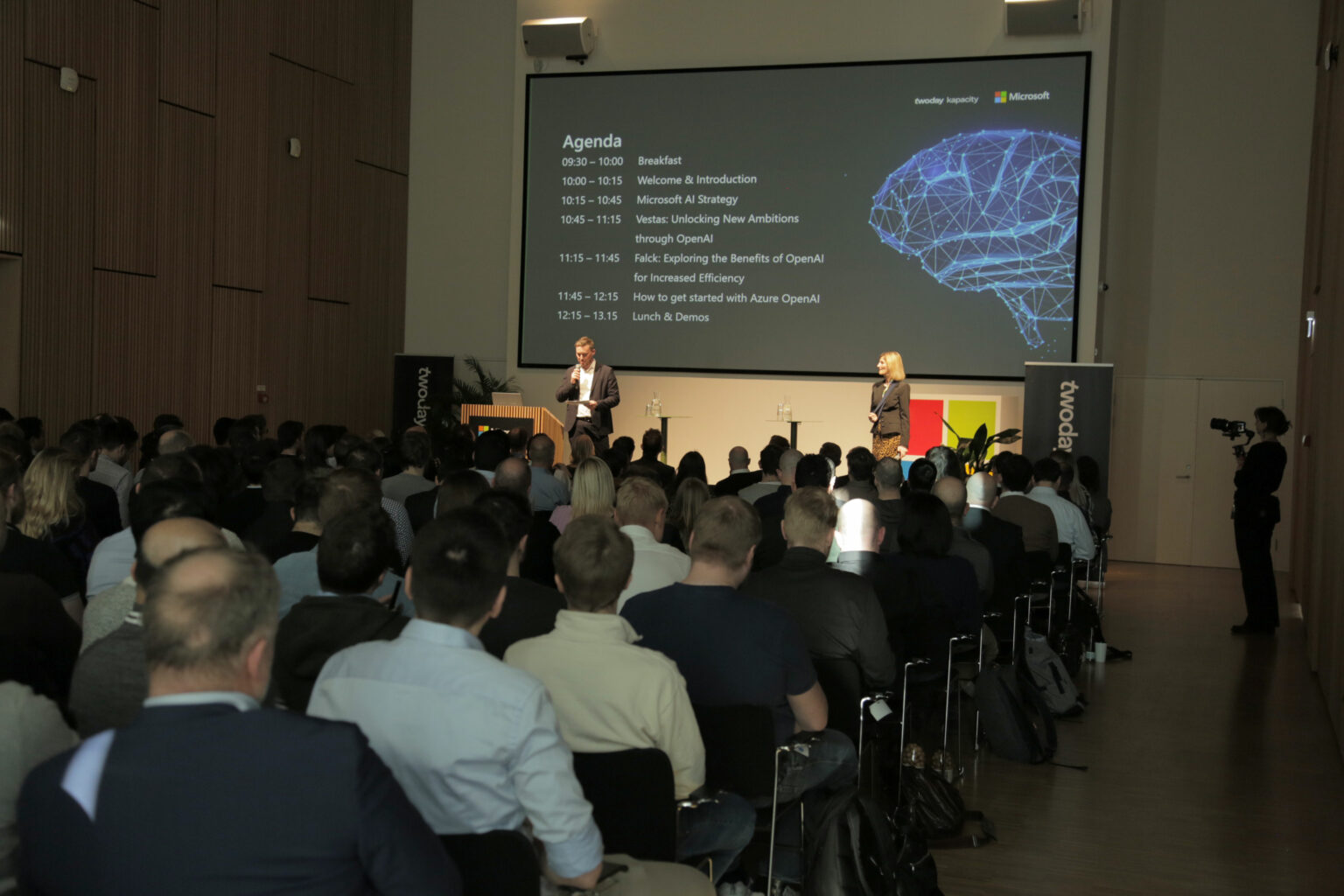
Søren Toft Joensen, Partner and CCO, twoday kapacity, and Mette Kaagaard, CEO, Microsoft Denmark & Iceland.
The diversity of AI is a reflection of the diversity of industries
Niels Grønning, Senior Specialist, Data and AI at Microsoft, took the stage, delivering a rundown of our AI strategy. He mentioned how we have been working in this domain for several years to empower every person and organization to do more with the democratization of OpenAI – in a responsible way.
He exemplified the technology’s knowledge about the world – and its own features:
“Many people ask us at Microsoft, ‘How can we use this technology? What are the use cases’ and so forth? But then I have to say: why ask us? Ask the algorithm. It is great at explaining what it can do,“ Niels Grønning told with a touch of humor in his voice.
Talking about the learning curve with respect to both technology adoption and change management, his message to the audience was clear:
“You all come from different industries. Although AI is a technology, it is also deeply rooted in psychology and ethics. Thus, multiple areas need to be involved in finding out how to use this technology in a sensible way,” Niels Grønning said. As he explained, the diversity of AI reflects the diversity of industries, which is why the development of AI will happen concurrently with the development of each industry.
Moving on, Niels dived into how we have been fuelling the evolution of AI for many years – most recently with the launch of GPT-4 on Azure:
“Basically, Azure has become the AI cloud on the market,” Niels Grønning said. The launch is a good example of how the collaboration between OpenAI and Microsoft adds value to the users as GPT-4 allows people to perceive and work with text and other inputs such as speech, pictures, and videos.

Niels Grønning, Senior Specialist, Data and AI, Microsoft Denmark.
Choosing between public data and an organization’s data
The presentation also dived into Microsoft AI, which – simply put – is a combination of AI Models and Co-pilot. Today ChatGPT relies 100% on Microsoft Azure’s cloud computing services, and Niels Grønning explained how the data used in ChatGPT is collected:
“OpenAI Models are trained on a public domain, which is obviously very large data sets – but we are also increasingly focused on the great value of AI that occur when using data from your organizations. You have richer and industry-specific data sets that you can apply to the OpenAI Models,” Niels Grønning explained before elaborating on the Co-pilot tool.
“You might have heard the term ‘Co-pilot.’ We believe that AI will be the extended arm of human beings. This way, the technology can help us work faster and better and develop innovative ideas that wouldn’t be possible without the machine,“ Niels said, stating that there will most likely be a Co-pilot for all needs in the future.
Falck: Exploring the Benefits of OpenAI for Increased Efficiency
The next person to take the stage was Kasper Lynge Jacobsen, Head of Data at Falck, who shared the story about how Falck – who delivers sustainable healthcare and reliable emergency response services – uses AI to support business processes, employees, and customers.
“What I have chosen to bring today is a very hands-on approach,” Kasper Lynge Jacobsen started his presentation about Falck, who – as a matter of fact – was the first-mover in accessing Azure OpenAI in Denmark.
The first step in Falck’s AI journey was developing three generic use case personas based on the data department’s tasks. The idea was that if the people working at the office weren’t using AI, the employees working in the ambulances would not do it either. One of the personas was a Business Analyst:
“We thought, ‘What is the most standardized task this person performs?’ and discovered that we could use a tool built in Power App when developing our user stories. We put in a persona from a catalog of typical roles in a large company, then added the technical requirements from our customers and created the user stories and acceptance criteria on top of those simple requirements. That makes us work much faster,” Kasper Lynge Jacobsen said.
An important part of the enhancement of AI at Falck has been convincing people that AI will not take their jobs but help them do better. But not everyone was convinced at first when Kasper Lynge Jacobsen tried to win them over:
“People often ask: how can I use this in my everyday life? For our sales team, we have developed a solution that can give them suggestions about which emails to send to a customer after a conversation. This is streamlining our communication. And we already see some productivity gains based on this solution,” Kasper Lynge Jacobsen said.
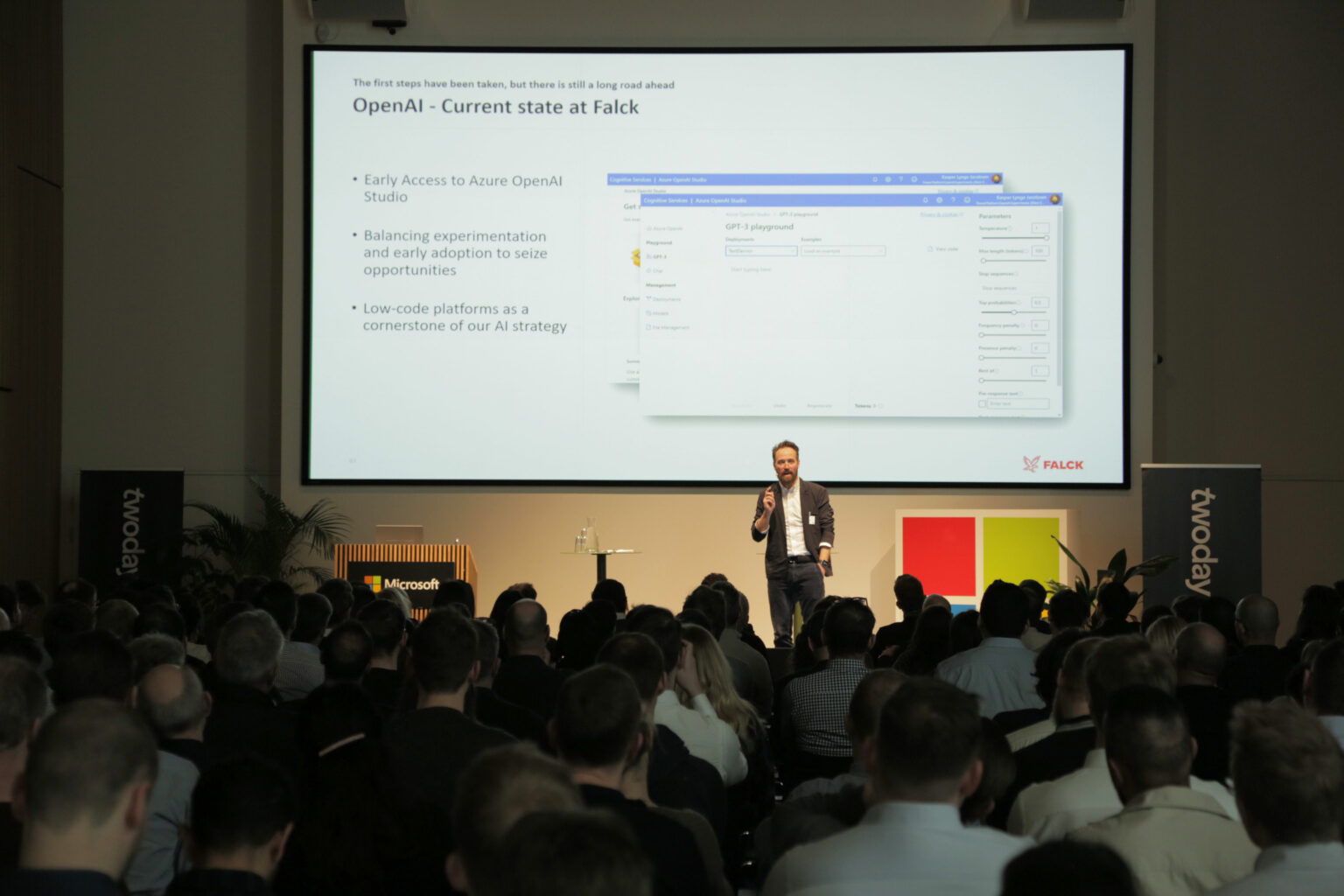
Kasper Lynge Jacobsen, Head of Data, Falck.
In his presentation, Kasper Lynge Jacobsen also covered the near future of AI in Falck. The next big step for the organization is to find out how AI can live within the products and services – and create value for customers. One of the opportunities is using AI in the development of self-service customer reports giving the customers insights into exactly what they need:
“We really want to make this an add-on to the services we bring and have reporting as a competitive advantage – it is something totally new, and we still need to fully understand the perspectives,” Kasper Lynge Jacobsen said before sharing his advice on the limitations of the algorithm:
“Remember: Humans in the loop,” Kasper Lynge Jacobsen said.
Another use case was presented by Lasse Staffensen, Lead Digital Business Architect at Vestas, who represented the company at the signature event.
Making your data the context of ChatGPT’s output
The last presentation was delivered by Denni Pultz Gottfredsen, Senior Lead Digital Advisor, and Jakob Ladekær, Head of AI and Principal AI Architect from twoday kapacity. They completed the day with a guide on how to get started with Azure OpenAI and kicked off with some of the perspectives that all organizations should consider:
“How an organization responds to change is key from a strategic perspective. It’s about being curious. So first, they need to understand the technology. Then they can decide where and what to adopt. In general, organizations should decide whether they want to be consumers of products or if they build the products themselves. Lastly, they need to build the use cases and put them into production,” Denni Pultz Gottfredsen explained before Jakob Ladekær took over to talk about the business case of OpenAI.
“When we talk to our customers about getting started with Azure OpenAI, there seems to be a consensus that they want to start with the internal processes – how to optimize internal IT requests, internal HR, employee handbook questions, etc.,” Jakob Ladekær said, presenting a demo of an email bot, build by twoday kapacity. The idea is to develop a system to receive a question, find the answer in the HR documents, and send it back to the person asking – thereby automizing questions to the employee handbook.
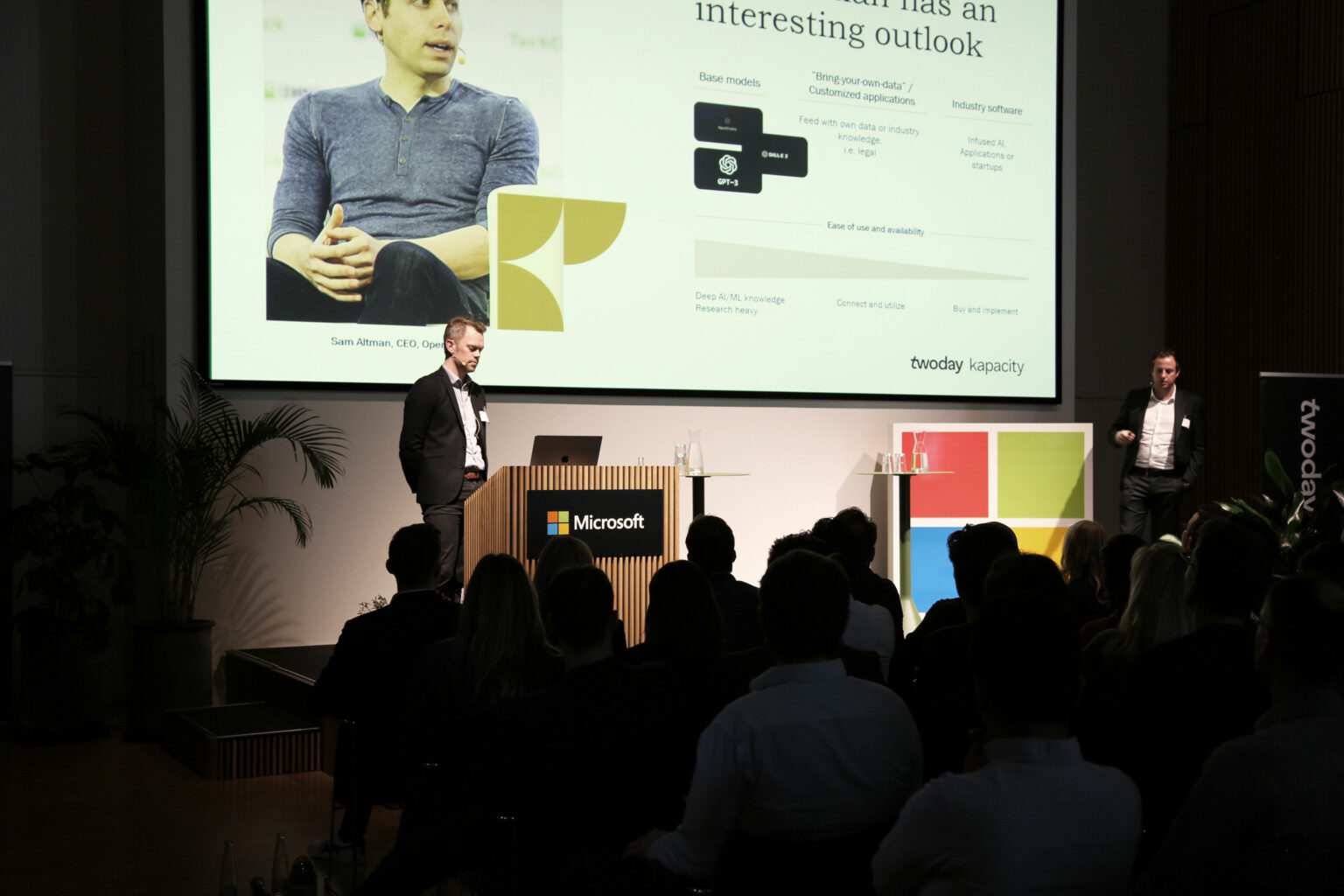
Talking about the strengths of the GPT model, Jakob Ladekær explained:
“It is a model capable of predicting the most likely word to appear in a sentence. Therefore, you don’t need to train the model, as it is pre-trained, you just need to interface with an existing model,” he said. The model can also handle different kinds of tasks, such as classifying, translating, or summarizing.
Jakob Ladekær also presented how organizations could customize the replies from ChatGPT even more by bringing their own data, so the reply is not based on what the model has learned during training but on specific data from your organization: “Now, the context is your data,” Jakob Ladekær said.
Denni Pultz Gottfredsen, Senior Lead Digital Advisor, twoday kapacity, and Jakob Ladekær, Head of AI and Principal AI Architect, twoday kapacity.
After the formal program, the participants had the opportunity to network with like-minded professionals and engage in discussions about the opportunities of AI across industries.
The story from Falck made it clear how OpenAI can help people and businesses unleash creativity and make a positive difference in the world. If you would like to participate in one of our future events, get the full overview here.
